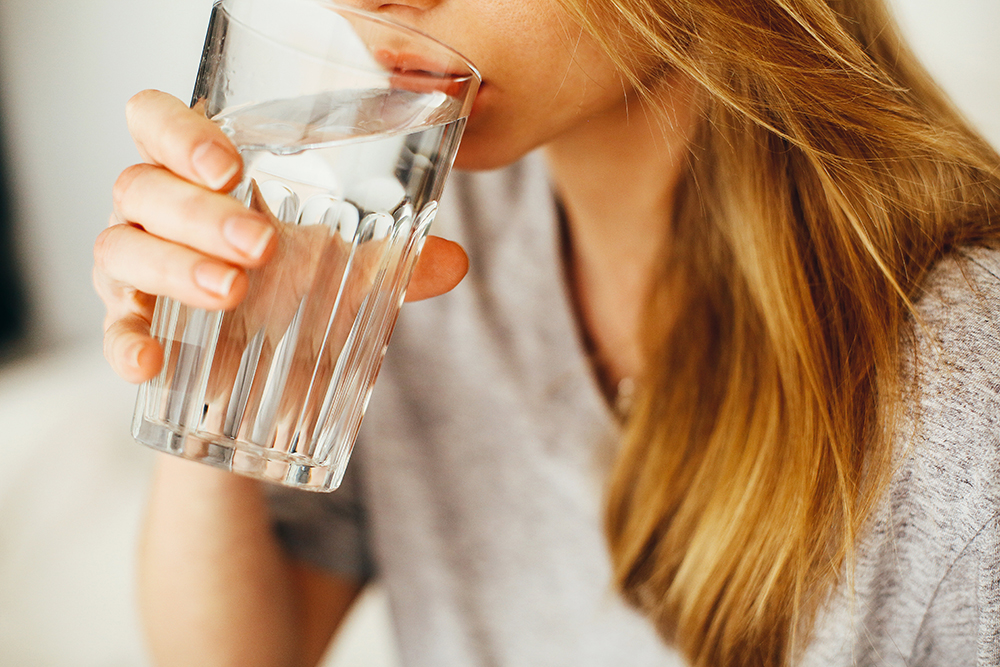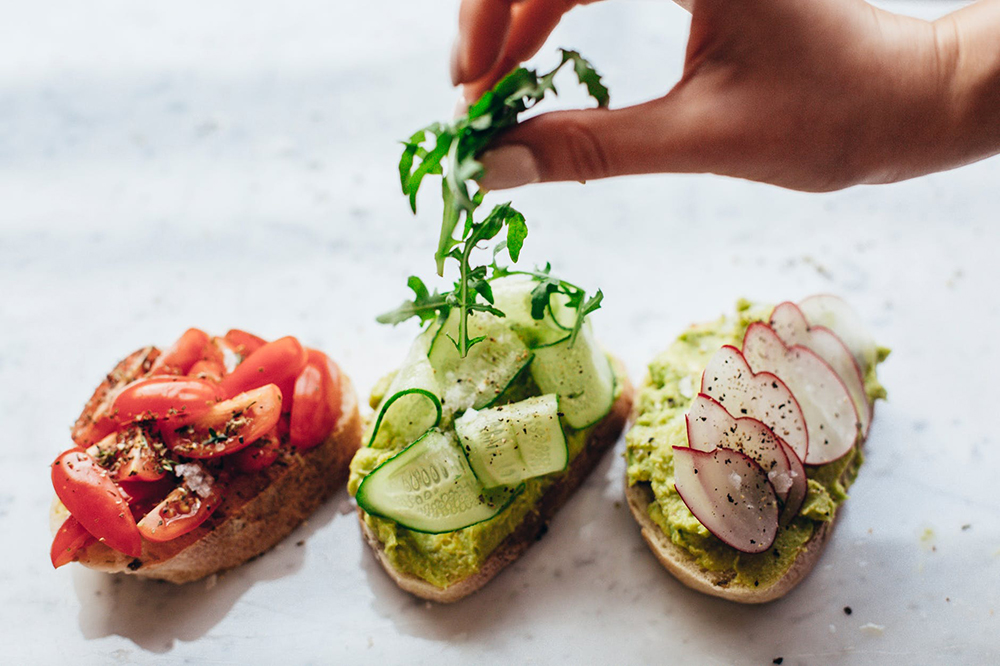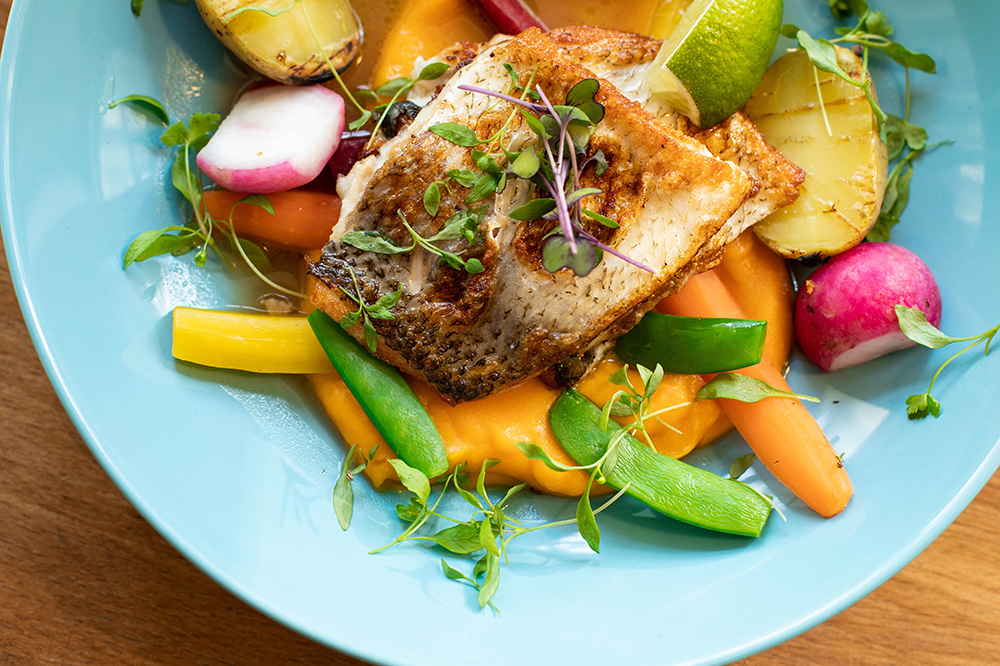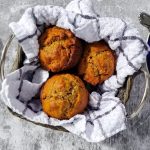
Have you ever eaten ice cream straight out of the tub, only to realize later that you ate most of it without noticing? Don’t worry, it happens to the best of us. Overeating happens when we are exposed to large portions and eat unconsciously. The goal is to make sure that we don’t make overeating a habit. It’s important to minimize overeating as much as possible so that we stay on track with our weight loss goals.
The Brain-Stomach Connection
By now you’re probably thinking, “Yeah that sounds great. But how can I stop myself from feeling so hungry all the time?”
Here’s the secret: the key to eating less and still feeling satisfied is to trick your brain into thinking that you’re full.
In the last decade, researchers have uncovered an important stomach-brain connection that leads to overeating. Brian Wansink, a food marketing researcher and former professor at Cornell University, pioneered the idea that you can actually control how much you eat by tricking your mind.
Brian Wansink
How much we eat and what we eat almost has nothing to do with how hungry we think we are. It’s all psychological. It’s about the things around us. The order of the food, the size of the plates… even the size of the serving spoon.
That’s right – when it comes to not overeating, it comes down to small but very important details. Just follow these tips and tricks!
Drink a Glass of Water 5-10 Minutes Before Dinner

It’s sometimes difficult for your body to tell the difference between hunger and thirst. So if you’re walking around feeling hungry, it’s very likely that you’re dehydrated.
One study has found that people who drink water before a meal eat an average of 75 fewer calories. That may not sound like a lot, but multiply 75 calories by 365 days a year! Even if you only drink water before dinner every day, you’ll still consume 20,000 fewer calories over the course of the year. That’s almost 8 pounds of weight loss just from drinking water.
Serve Your Food on a Smaller Plate
Researchers at Cornell University found that large bowls and plates actually make portion sizes seem smaller than they actually are. This has something to do with a phenomenon called the Delboeuf Illusion, an optical illusion that involves relative size perception. When you place the same amount of food on a small plate and a large plate, there appears to be more food on the smaller plate.
Eat Colourful Food

Feeling full on less food can be as easy as incorporating more vegetables into your diet. Load up on green, red and orange veggies! These colourful veggies are 90% water and their high fibre content will fill up your stomach.
Serve the Healthier Foods First
Instead of having your main course right away, start your meal with a soup or a salad. Starting with an appetizer first will help you eat less of the heavier meal.
Eat From the Sea

It’s been proven that when you swap red meat for seafood at least two times a week, you’ll consume less calories. Fish eaters feel fuller after eating than beef-eaters, plus they down 75 fewer calories at the next meal, according to a study in the European Journal of Clinical Nutrition.
Fatty fish such as salmon, tuna, mackerel, and herring contain large amounts of healthy omega-3 fats that help to speed up your metabolism. Omega-3 fatty acids help regulate leptin in your body, a satiety hormone that plays an important role in appetite and weight control.
The best way to eat fish is grilled, with lots of steamed veggies on the side.
Eat Slowly
It takes roughly 20 minutes for your brain and stomach to register fullness. So if you’re scarfing down your food as fast as you can, you’ll most definitely eat more. Your brain has not yet registered that you’re full. By eating slowly and taking the time to savour your food, you’ll eat less and enjoy your meals a lot more.








